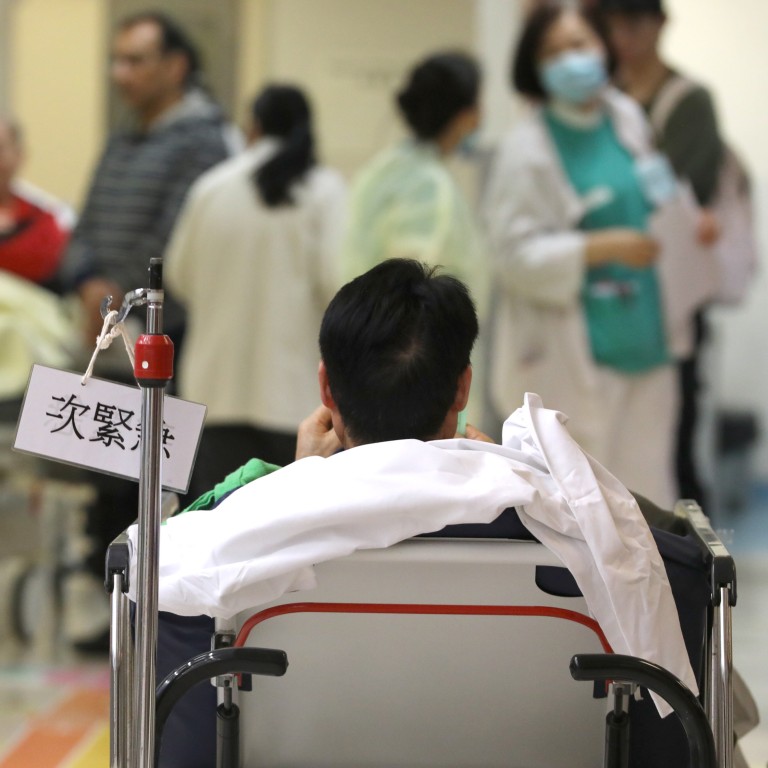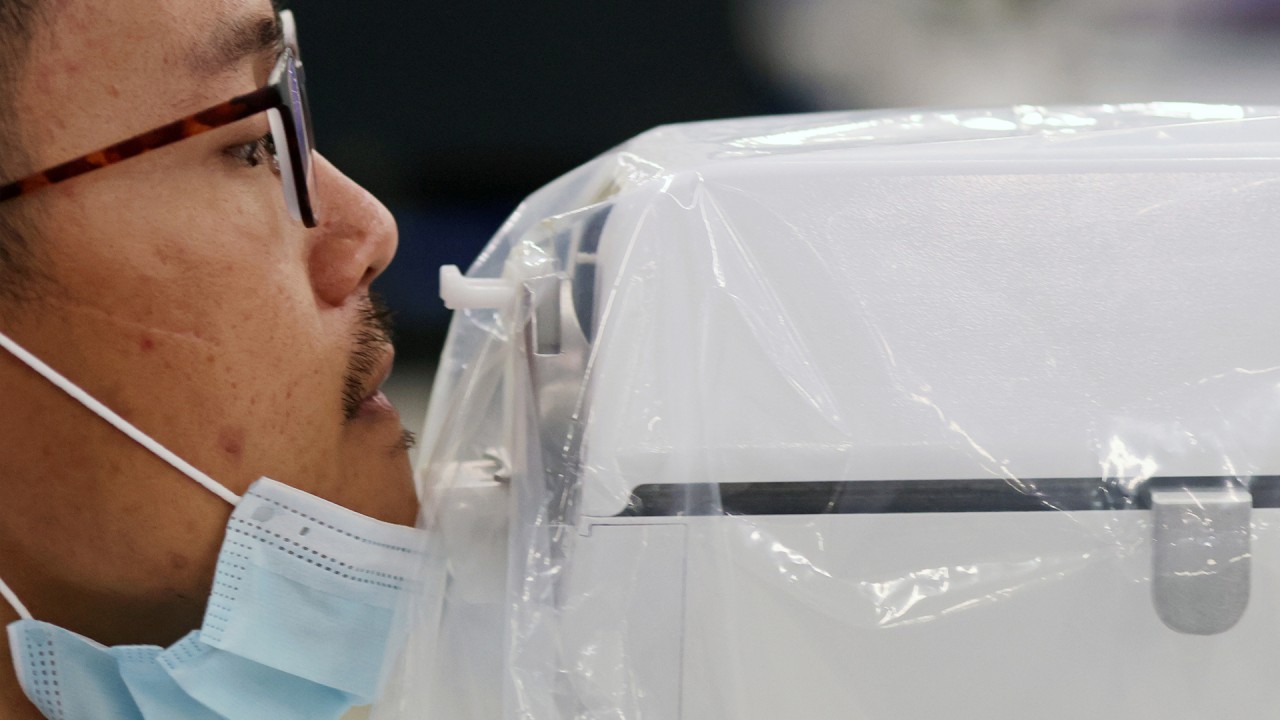
Hong Kong has been uniquely unable to fix its doctor shortage. Why?
- Hong Kong can no longer rely on only a licensing exam to screen foreign-trained doctors and boost the supply
- Examples of other economies with more flexible medical registration systems are worth considering
According to the most recent health care manpower projections released by the government, the shortage is worse than three years ago.
While such a situation is not unique to Hong Kong, the city is unique in adopting relatively passive measures when it comes to attracting qualified doctors from around the world to fill the gap.
In contrast to Singapore, Britain and Australia, Hong Kong has required non-locally-trained doctors to pass a local licensing exam before they can register as medical practitioners, since the exam exemption for doctors trained in recognised Commonwealth countries was scrapped in September 1996.
This has resulted in a startling trend. From 2016 to 2020, non-locally-trained doctors accounted for about 11 per cent of newly registered doctors in Hong Kong, far lower than the average 56 per cent in Hong Kong recorded between 1992 and 1996.
Overall, non-locally trained doctors who work under full or limited registration make up about 10 per cent of Hong Kong’s doctor supply. If we include those foreign-trained doctors who benefited from the exam-free entry before 1996, their share comes to about 25 per cent. In contrast, the share of foreign-trained doctors in Singapore, Britain and Australia ranges from 30 per cent up to 40 per cent.
The World Health Organization notes there is a shortage of doctors worldwide, and governments everywhere are trying to resolve the issue.
Why has Hong Kong been so slow to solve the problem? We believe that suitable adjustments must be made to the existing system to augment the role of non-locally-trained doctors in Hong Kong.
A long-simmering debate about foreign-trained doctors has boiled over amid new policy proposals
In plugging the gap in the supply, public concerns must also be addressed. These include maintaining the quality of health care in Hong Kong and prioritising the manpower crunch in public hospitals, as well as training opportunities and distribution of resources for locally trained doctors.
Different economies have implemented different policies with regard to assessing the quality of doctors and ultimately safeguarding the quality of health care. Frequently, a local licensing exam is not the only yardstick.
In Singapore and Australia, foreign-trained doctors can practise under supervision for a period of time (two to four years in Singapore; 12 months in Australia). Furthermore, the Singapore Medical Council has the flexibility to lengthen or shorten the list of approved foreign medical schools, according to the manpower situation in the local health care sector.
In Britain, foreign-trained doctors can submit recognised test certificates as proof of language proficiency. These examples of alternative medical registration systems may be worth considering.
After years of discussion in Hong Kong, the government recently announced a proposed legislative framework for bringing in more non-locally-trained doctors and alleviating the shortage in the public health system.
Under the framework, non-locally-trained doctors who are Hong Kong permanent residents (and who are, presumably, from a local cultural background and have the relevant language skills) will gain full registration in Hong Kong – provided they are graduates of recognised medical schools and registered as medical practitioners outside Hong Kong, or are holders of specialist qualifications, and they will work in local public institutions for a set period (the government is proposing at least five years).
The government is currently consulting different segments of the community about the proposed framework and plans to submit the bill to the Legislative Council in the second quarter of this year. Some people fear that the proposal would allow the entry of poorer-performing doctors, while others may be concerned about how the recognised non-local medical schools are chosen. These concerns are reasonable.
But if we look at how other economies have dealt with such issues, it is clear that these worries are not insurmountable obstacles, as long as key stakeholders including the government, medical professionals, and civil society keep an open mind and work on the policy details.
Otherwise, if we keep avoiding the elephant in the room, Hong Kong will never have enough doctors to cope with the ever-increasing health care challenges.
Dr Pamela Tin is head of health care and social development at Our Hong Kong Foundation


